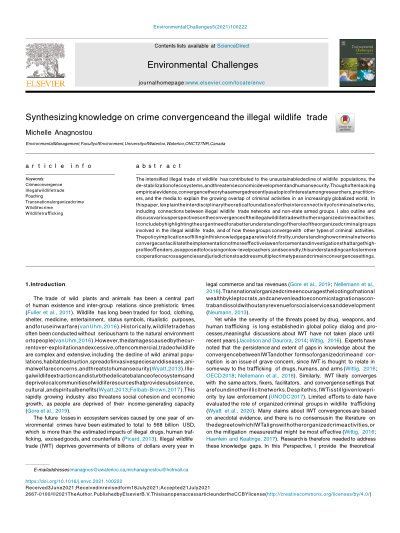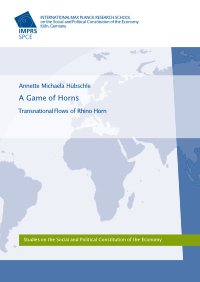By Jacopo Costa
This report is part of a multi-disciplinary project focused on intelligence-led action against financial crime in illegal wildlife trade (IWT). Under this project, the Public Governance division of the Basel Institute on Governance is leading research in East Africa that aims to contribute to the prevention and combating of IWT by developing a better understanding of the context-specific drivers of the trafficking and the role of criminal networks in sustaining such illicit strategies. The three main research questions are: • Why does wildlife trafficking happen? • How does wildlife trafficking happen? • What can be done to curb it? This report empirically answers the second research question and, in doing so, offers several promising avenues to answer the third. This report was funded by PMI IMPACT, a grant award initiative of Philip Morris International (PMI). In the performance of their research, the authors maintained full independence from PMI. The views and opinions expressed in this document are those of the authors and do not necessarily reflect the views of PMI. Neither PMI, nor any of its affiliates, nor any person acting on their behalf may be held responsible for any use which may be made of the information contained herein.
Working Paper 35
Basel, SWIT: Basel Institute of Governance, 2021. 58p.





















